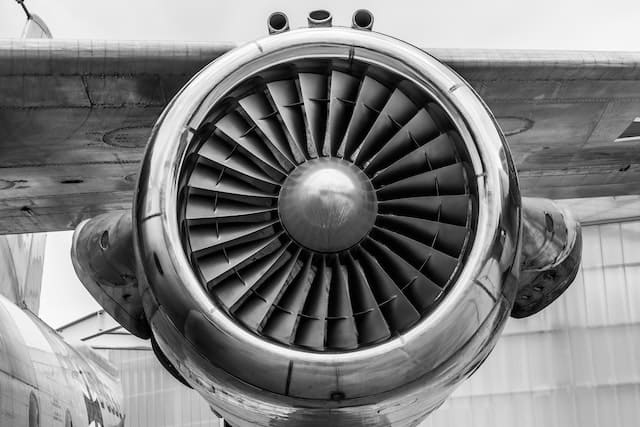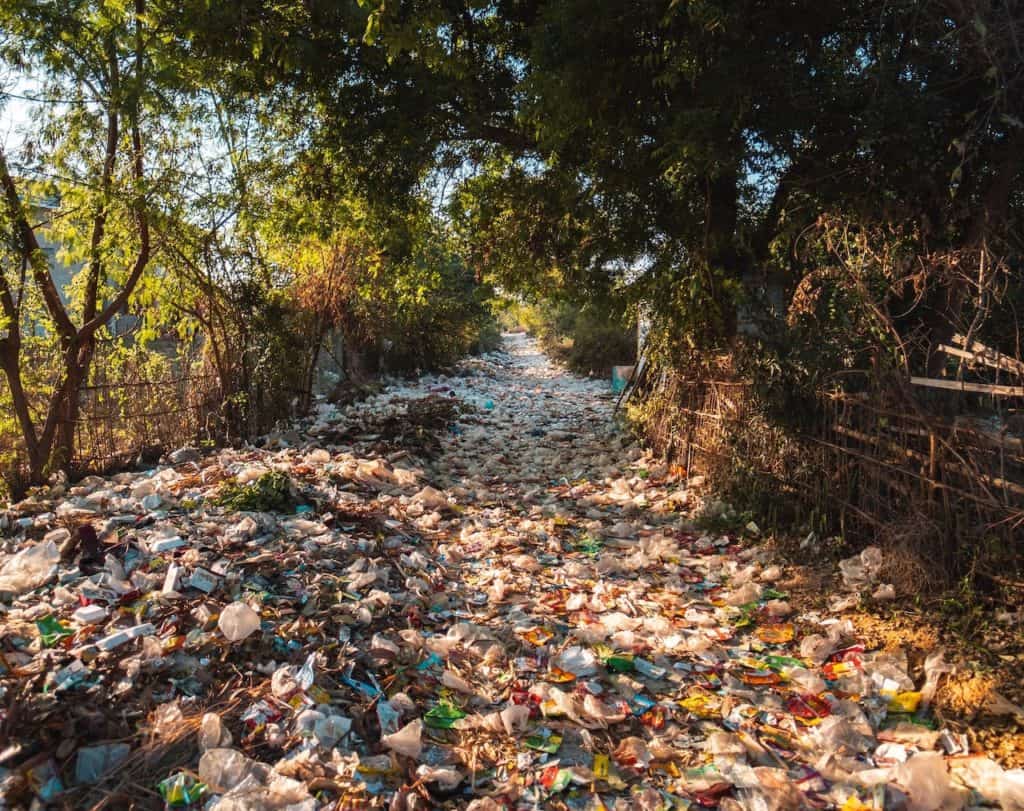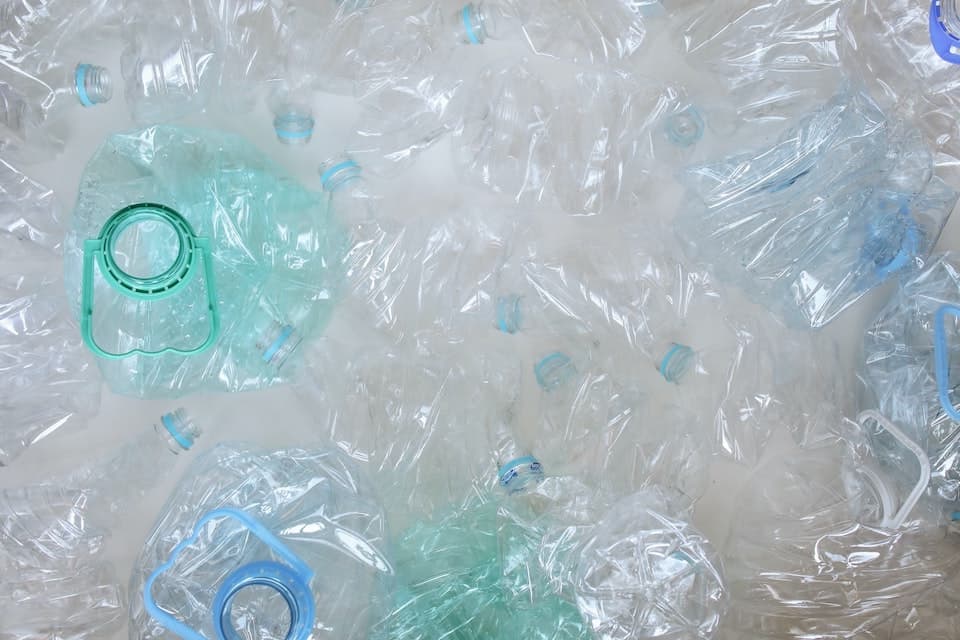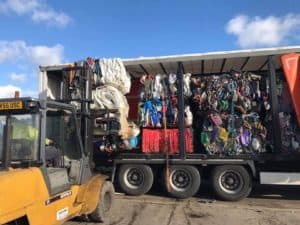Can Aeroplanes Be Recycled?
Recycling an aircraft is a complex process. An average commercial aircraft has an estimated 800 to 1,000 parts that can be recycled. The method involves breaking down the plane into its component parts, and either reusing or properly disposing of each part.
Aeroplane Parts
Here is a step-by-step guide on how to recycle an aeroplane:
Strip the plane of its usable parts
The first step in recycling an aircraft is to remove any parts that can be reused. These can include engines, avionics, and other high-value components that can be refurbished and sold to other airlines or aircraft maintenance facilities.
Dismantle the plane
Once all usable parts have been removed, the plane is then dismantled. This involves removing the wings, fuselage, and other large structures. The parts are then separated into smaller components, such as aluminum and steel, that can be recycled.
Sort and separate materials
The materials used to construct an aircraft are highly specialised and must be properly sorted and separated to ensure they are recycled correctly. This includes aluminum, titanium, steel, copper, and other metals, as well as plastics, composites, and other non-metallic materials.
Recycle the materials
The sorted and separated materials are then processed for recycling. This involves crushing and melting the metals, and grinding and shredding the plastics and composites. The recycled materials can then be used to make new products, such as engines, electronic devices, and textiles.
Proper disposal of hazardous materials
When recycling an aircraft, it is important to properly dispose of any hazardous materials, such as batteries, oil, and other toxic substances. These materials must be handled with care to avoid causing harm to the environment or human health.
The Benefits Of Recycling Aeroplanes
Resource conservation
By recycling aircraft components, valuable materials such as aluminum and titanium can be recovered and reused, reducing the need for extraction of new raw materials.
Reduction in waste
Recycling an airplane helps to reduce the amount of waste in landfills and minimises the impact on the environment.
Energy savings
Recycling metals and other materials from aircraft takes less energy than producing new materials from raw sources.
Economic benefits
Recycling can create jobs and provide economic benefits by reducing the cost of new raw materials and providing a source of revenue for the recycling industry.
Improved sustainability
By reducing the demand for new raw materials, recycling contributes to a more sustainable future.









